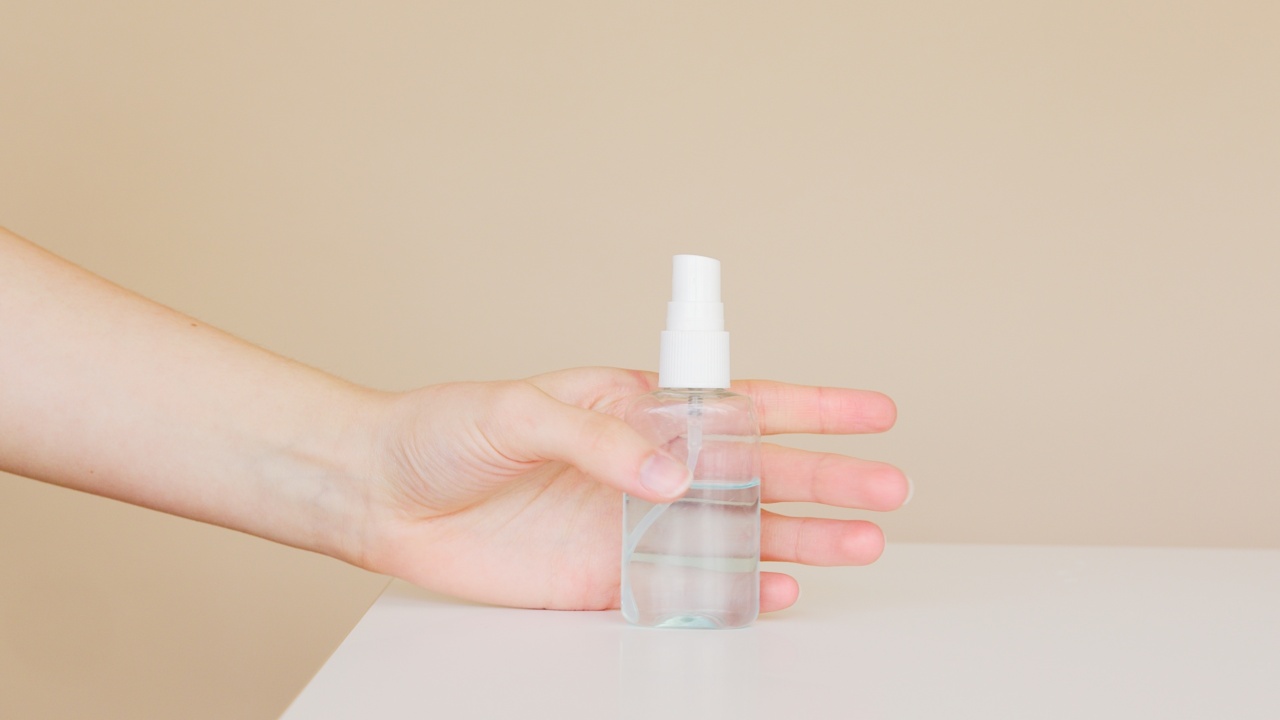Shaving is an essential part of grooming for men and women alike. It helps us maintain our hygiene and appearance. But shaving can also be a nightmare for those who have sensitive skin, causing nicks, cuts, and irritation.
Fortunately, there are many simple tips that can help you prevent nicks and cuts while shaving.
1. Use a High-Quality Razor
One of the most important factors that influence the smoothness and safety of your shaving experience is the quality of the razor you use. Invest in a high-quality razor that has a sharp blade and fits your skin type.
Disposable razors are relatively cheap and can save you money in the long run, but they may not provide the best shaving experience.
If you have sensitive skin, you may want to consider investing in safety razors or electric razors that offer more control and precision.
2. Pre-Shave Preparations
Pre-shave preparations help open up the pores, soften the hair, and prevent the razor from pulling and tugging at the hairs, reducing the likelihood of nicks and cuts. The following preparations are essential:.
- Wash Your Face: Before shaving, wash your face with warm water and a gentle facial cleanser. This helps remove dirt, oil, and dead skin cells, which can cause breakouts and irritation if left on your skin.
- Use Pre-Shave Oil: Pre-shave oil acts as a lubricant, preventing the razor from pulling at the hair and causing irritation. Apply a small amount of pre-shave oil to your skin, massage it in, and wait for a few minutes before shaving.
- Apply Shaving Cream: Shaving cream provides a protective layer between the razor and your skin, reducing the risk of nicks and cuts. Look for shaving creams that are hypoallergenic, alcohol-free, and contain natural ingredients that moisturize and soothe the skin.
3. Shave in the Direction of the Hair Growth
Shaving against the direction of hair growth may provide a closer shave, but it also increases the risk of nicks, cuts, and razor burns. Shave in the direction of hair growth, using long, smooth strokes.
You may need to go over the same spot twice or thrice to get a close shave, but avoid applying too much pressure.
4. Rinse the Razor Frequently
Rinsing the razor frequently helps remove the hair, shaving cream, and debris that may accumulate on the blade, reducing the risk of irritation, nicks, and cuts.
Rinse the razor after every stroke, using warm water, and give it a gentle shake to remove excess water. If you’re using a disposable razor, replace it as soon as you notice the blade getting dull or rusty.
5. Moisturize after Shaving
After shaving, your skin may feel dry, itchy, or irritated. Applying a moisturizer helps keep the skin hydrated, soothes any irritation, and promotes cell regeneration.
Look for moisturizers that are oil-free, fragrance-free, and contain natural ingredients that calm and nourish the skin.
6. Clean and Store Your Razor Properly
Keeping your razor clean and dry after each use helps prevent bacteria buildup, rust, and dullness, prolonging its lifespan and reducing the risk of skin irritation and infection. Follow these steps to clean and store your razor properly:.
- Rinse the Razor: Rinse the razor under running water to remove any hair, shaving cream, or debris.
- Dry the Razor: Shake off the excess water and dry the razor with a clean towel or tissue. Avoid wiping the blades with a cloth, as this may dull them.
- Store the Razor: Store the razor in a dry, cool place, away from direct sunlight and moisture. Keep it in a protective case or cover to prevent dust and contact with other objects.
7. Be Gentle with Your Skin
Finally, be gentle with your skin. Avoid pulling or stretching your skin while shaving, as this may cause nicks or cuts. Instead, use your free hand to keep the skin taut and shave in small, gentle strokes.
If you have a pimple, bump, or rash, avoid shaving over it, as this may cause further irritation.
By following these simple tips, you can prevent nicks and cuts while shaving and enjoy a smooth, comfortable, and safe shaving experience.






























